How smart is Artificial Intelligence really?
Computers can never be self-aware or intelligent
Artificial Intelligence (AI) has come a long way
Many inventors have dreams about making a machine that can be smarter than humans. Even before computers existed.
Now they are making computers that can do chess better than the human world-champion. Or generate imaginary worlds out of seemingly nothing. Or drive a car.
But.. they all still need a human to setup the algorithm and to classify the statistical data. And when unexpected circumstances occur, the AI can brake dramatically without being able to recover.
Over-hyped by many sides
Artificial Intelligence has been over-hyped by proponents and opponents.
The proponents think that they can make computers smarter than any human. And they believe that their own conscious can be transferred.
The opponents think that the computers will become self-conscious and replace humans.
None of this ideal or horror is true.
A computer only works with algorithms and data. So a computer has no clue what to do with it, and a programmer has to select these for the computer.
Algorithms may be used to filter and censor your messages. Or they may use it to automatically kill a person in a war. All these actions are based on programmer defined settings and criteria. The same programmer has no idea what the real environment and circumstances is where it will be used in the future. And because environments and circumstances change, the computers will fail at the end.
Computers can also run out of batteries. Robots can get stuck in mud, break a sensor, get painted or set on fire by activists.
NASA’s robots that were send to Mars are a good example of what is ultimately possible. Each cycle, the robot gets a new update and performs a certain task, like moving around and making pictures.
The air-drones that are used in the army are continuous connected to an operator. An algorithm just makes it easier. But how more they automate them, the easier opponents can steal them.
Algorithms
Logical problem → Algorithm + time → Problem solved
An Algorithm is a part of a program that looks for an answer to a certain problem, preferably efficiently.
The first attempt to create AI was by using programming languages that were able to do smart things within a few sentences. With languages like LISP it was possible to make programs that made programs internally. With languages like Prolog it was possible to define a set of numerical problems and let the computer search for answers.
The best achievements were programs that played games Chess and GO. Because these games are very logical, the computer just needed to search for a good game-move as fast as possible. This is not so much an achievement by “intelligence”, but by the programmers who made very good algorithms.
Neural Networks
People have looked at neural networks within the brain for a long time, and tries reverse engineering some of the structures that we see there. We see neurons connected with nerves and synapses, in separate layers.
To make it simple for a computer, it is represented by matrices and vectors. The neurons are represented the vectors, and the synapses are represented by the matrix. Example: A connection from neuron A (position 6) to neuron B (position 30) is a number 1.0 (in row 6, column 30 of the matrix).
Information is just the ON or OFF of the neurons, represented by 1.0 and -1.0. Or the values in between for analogue-like data.
The output starts with an initial value, and change these values in very small steps to see what minute change works best.
The educational channel 3Blue1Brown has a great overview of neural networks, where you can learn the details.
Link to videos
Neural Network algorithms
The most similar algorithmic model to the brain is the Hopfield network. It is also the simplest one. It is just two vectors with one matrix.
https://en.wikipedia.org/wiki/Hopfield_network
While it resembles the brain the most, it does not work so well.
So they improved algorithms and the most popular one is now Back-propagation.
Back-propagation can work with different layers, which saves a lot of space and time. And with each layer one can calculate what parameters works best.
There are also layers in the brain, but they work differently.
Machine Learning
This is how most people think it works.
The network is just a whole lot of numbers stored in matrices. Input is just data presented at the input in an array of ON (1.0) and OFF (-1.0). When you present data at the input the box will automatically produce an output in a similar representation of ON and OFF.
The reality is far more difficult.
The massive data is training data, with the same amount of values as the input.
This massive data is categorized and useful data is added.
Like is this picture a “cat” or a “dog”? What is the age of the animal?
The huge statistical database are the matrices with all the numbers that represent the connections between neurons.
During training (learning) the numbers in the matrix are modified a bit. The goal is to work towards the correct answer/output. The categorized data should contain this correct answer in some way.
The statistical database is a just a different representation of the data, in lots and lots of statistical numbers. There is no smartness added, no intelligence.
All decisions come from how well the data is categorized and how well this matches the statistics that is stored in the matrices.
It is not easy.. The programmer has to do a lot of things
The programmer has to configure all kinds of settings.
Order and categorize all the data, sometimes by hand, or by the users themselves.
The settings determine how the data is represented in the numbers. how many layers and connections are in the statistical database, how fast the numbers change. And when the algorithms have to stop.
Then the programmer needs to figure out if it actually worked, and do a lot of it again if it did not work.
For the programmer the huge statistical database is mostly unreadable. So he/she does not know what it is doing most of the time. So he/she has to find out by trial and error if something worked or not. That is why this work is often connected to scientific research that requires the writing of papers too.
In my university department someone graduated by showing how well his programmed neural networks worked. The person after him found out that it only worked with one example. That is why neural networks are mainly a problem.
What is the best that a computer can do?
Data that is known is converted to a statistical database, using “machine learning’ so it becomes “wellknown”.
Deep fakes:
The selected images of one well-known person get replaced with the selected images of a different well-known person. Using the statistical database, the personal traits of one person is exchanged with the personal traits of another.
Samsung’s AI: Megapixel Deepfakes - 2 minute papers
Make images from words (DALL-E)
The selected well-known words get translated into objects.
And the well-known objects get translated into images.
And the well-known images get merged to a final image.
These translations are all taken from the statistical database.
To make the image impressive, the program uses some statistical manipulations so the images seem to match well.
OpenAI’s DALL-E 2: Top 5 New Results - 2 minute papers
We made slightly offensive Kid’s Toys -Corridor Crew
Fill in details of a program
The statistical database is full with examples taken from open source software. So when the text of a program looks statistically like one of these examples, certain details from the example are retrieved. And these can be filled into the text to complete the program.
This only works well when the new program looks (statistically) a lot like the existing examples.
[ML News] AI models that write code (Copilot, CodeWhisperer, Pangu-Coder, etc.)
What can a computer NEVER do?
It can not do any of the tasks that a programmer NEEDS to do to get the computer working.
A computer can not distinguish between good data and bad data
The computer can produce an answer, but can never know if it is the good one.
There are some feed-back loops possible, but that is essentially a programmer’s action. The programmer is still deciding what is good data and what is bad data, even when he is programming a feed-back loop.
It can never improve itself automatically
Alan Turing proved that a program could never know everything about itself.
He did that in the most simple explanation possible: The Halting Problem
In short: A program can not know if a part of its computation will ever end. A good example is a math-proof, based on an infinite search. The computation will likely never end, and there is no program that can predict the infinite search,
And thus when a computer can never know everything about itself, AND does not know what is good and what is bad, it will not be able to improve itself.
It does not know much about the real world, it does not even know that a real world exists, or that the computer itself exists.
So a computer will never be intelligent
Intelligence means that you can adapt to different circumstances, automatically.
But when a really new situation occurs, the computer will fail.
We see this clearly in Tesla’s autopilot driving:
1. It can not detect a cart pulled by horses. Often has same problem with pedestrians.
2. It can drive very fast when the driver is asleep:
("I'm Speechless": Police Chase Down Tesla On Autopilot Doing 90 MPH With Driver And Passenger Asleep)
3. Tesla malfunctions and crashes into a man at high speed while the driver was trying to park. Video (NSFW- person gets hit)
4. Search: Tesla Autopilot tries to kill me
There is no statistics and no algorithm (and no feed-back) that can make a computer adapt to a problem before it occurs.
Humans are different
We can prepare for something before it occurs, even when we have never been in the situation.
The best way to prepare is by using our imagination and thinking. We can build a house and prevent accidents by looking in advance in our minds.
Can’t computers do something similar? Imagining data (like DALL-E above) to prepare for something unexpected?
The data-set is infinite. So you will mix data with lots of imaginary and useless data. As you have seen above, the computer does not know when to stop/halt computing. And can not distinguish between good and bad data. It will be just one big chaos.
Humans can distinguish between real and imaginary problems, with reasoning. And by playing out the situation in our minds. We can also dream about impossible situations, and recognize that they are not real. The latter usually afterwards, when we are “awake”.
If humans are different from neural networks, then how do humans think?
With programs and big computers we can simulate something very similar to the brain. Or maybe we may in the future.
But as I described above, the neural networks are just statistical databases of categorized data.
Who is doing the categorizing in the brain? There is no programmer?
Who is doing the selection of good data and bad data, since most what we hear and see is full with noise.
Who is doing the remembering what is important?
Who is doing the reasoning?
What is even reasoning?
A computer needs a programmer. A neural networks needs a programmer.
But the brain has no such thing that decides all these things.
Observing of Memories
What are the things that you remember?
Usually those are things that you like to remember, or things that you don’t really want to remember. Because they have some kind of emotional value. And some things are strangely hard to remember, like a birth-day (sorry!).
So emotion is very important in how we remember things.
More emotion, the stronger the “connection” with the memories.
Awareness help to remember things. And you can only be aware if you are excited and not bored. So things that excite you are easier to learn. Also very similar to emotions.
So we can conclude that emotions and the level of excitement are deciding factors here. So these help to categorize the memories.
When things go bad, like in a war, with traumas and over-excitement due to fear and stress, people may store memories mixed with imagination. If the trauma is treated, the reality may come back a bit, but that usually takes a lot of work. And sometimes people do not want to know the reality.
Observing of Reasoning
If you reason, you start with one problem and look for memories related to that problem. The brain seems perfect for that, because it has all kinds of connections. A neural network can also find statistical connections.
When you reason you also use your imagination. What if this is going on? What if that is going on? So you traverse more and more from one memory, or one way of thinking to the other.
So we have different things here.
1. Attention. Your attention is following the series of memories and/or thinking-patterns. If you are trained it goes quicker via certain memories.
2. Imagination. If you are not trained, you have to use more of your imagination to try out different options.
3. Decision maker. Deciding what path to follow. What would be the best way to solve the problem? What weird things might you come up with?
4. Intuition. What new solutions do you come up with?
These are not things that we can find a computer. The computer can simulates these things a bit by doing things at random, like DALL-E.
Where are memories stored?
The brain clearly makes connections, and will do some work. Based on brain-scans the information from the eyes and ears are stored in a layer in the brain. First is the short-term information stored. This is later processed into the long-term memory. At least that is the theory.
These memories in the brain-circuits are usually vague, low resolution and very hard to manage and order. The chemical system has to decide what connections to make and what to forget.
But there are people that do never forget anything. They can even remember useless data, like a telephone book. Exactly.
The Spirit in the Machine
We started looking at the human brain, and simulated the neuron-structures as best as possible. Still it is not enough!
So we have to take a better look at the human brain
We have to see what else is going on in the human mind.
So we get to Near Death Experiences. The observations of the brain during near-death are just as valid as the observations of the brain during awake state.
When people are brain-dead, during an operation, they are still able to observe things around them.
There are lots of such observations, see some of this unordered list of interviews here.
These observations are usually different. The persons are perceiving as if they have left the body. Which is logical, because it is brain-dead. There are reports of blind people seeing for the first time, and even experiencing colors for the first time.
The memories are often very vivid and stored in long term memory.
They seem to observe things like a spirit, instead of a normal human. Whatever is going on, there is a good indication that consciousness may not even be related to the brain at all.
We need the Spirit in the Machine
Our model of the brain, with neural networks and algorithms had no chance of working. On almost every place it needs a programmer, a decision maker or something.
Without it, the brain would be just chaos.
But now we have a spirit that can observe things, even decide things. This is exactly what we need to make our brain work. Maybe we even need more, but this is a start.
We can simply not create something out of nothing.
In another post I will go further into a model of the spirit.
See you there..

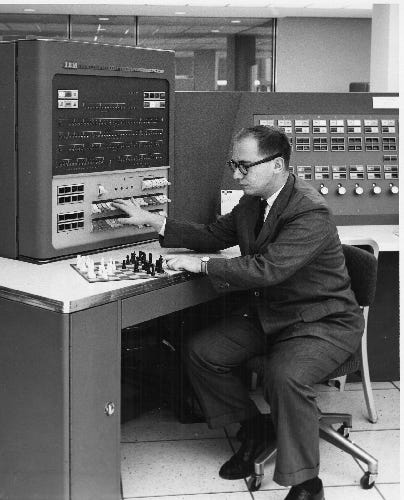
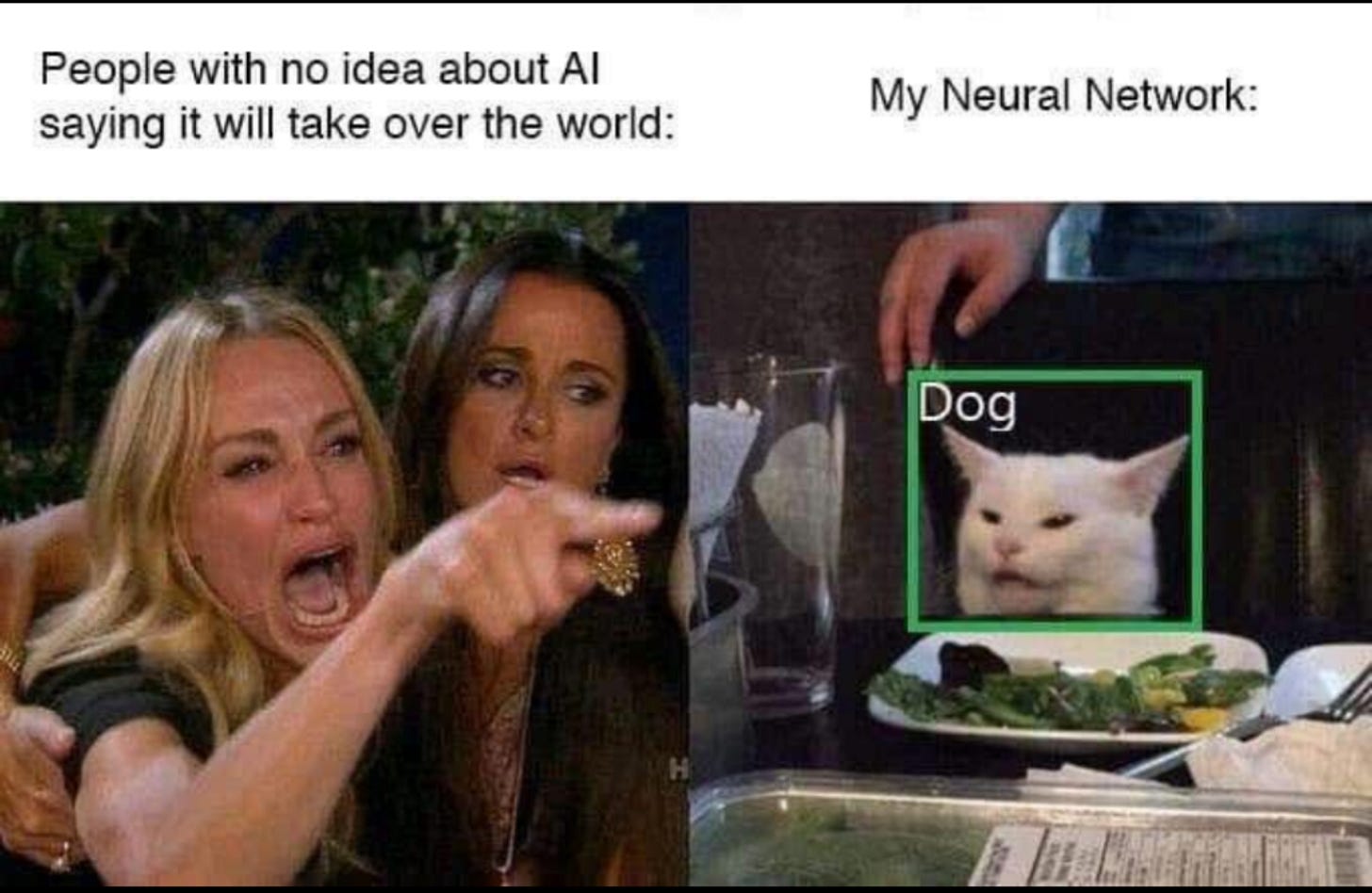
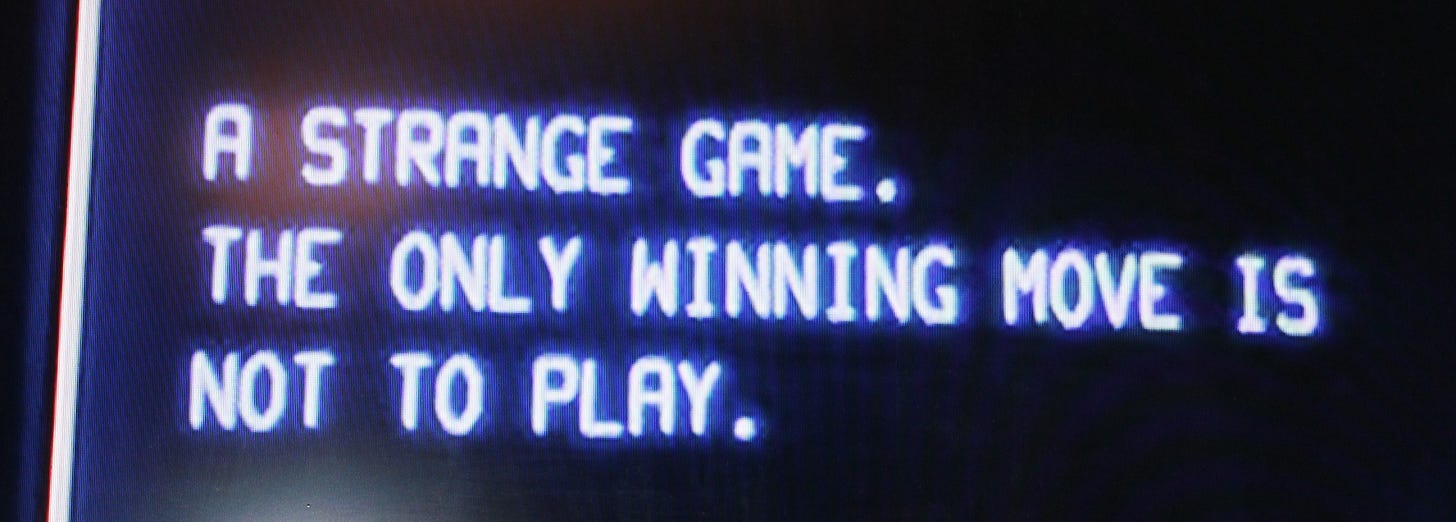
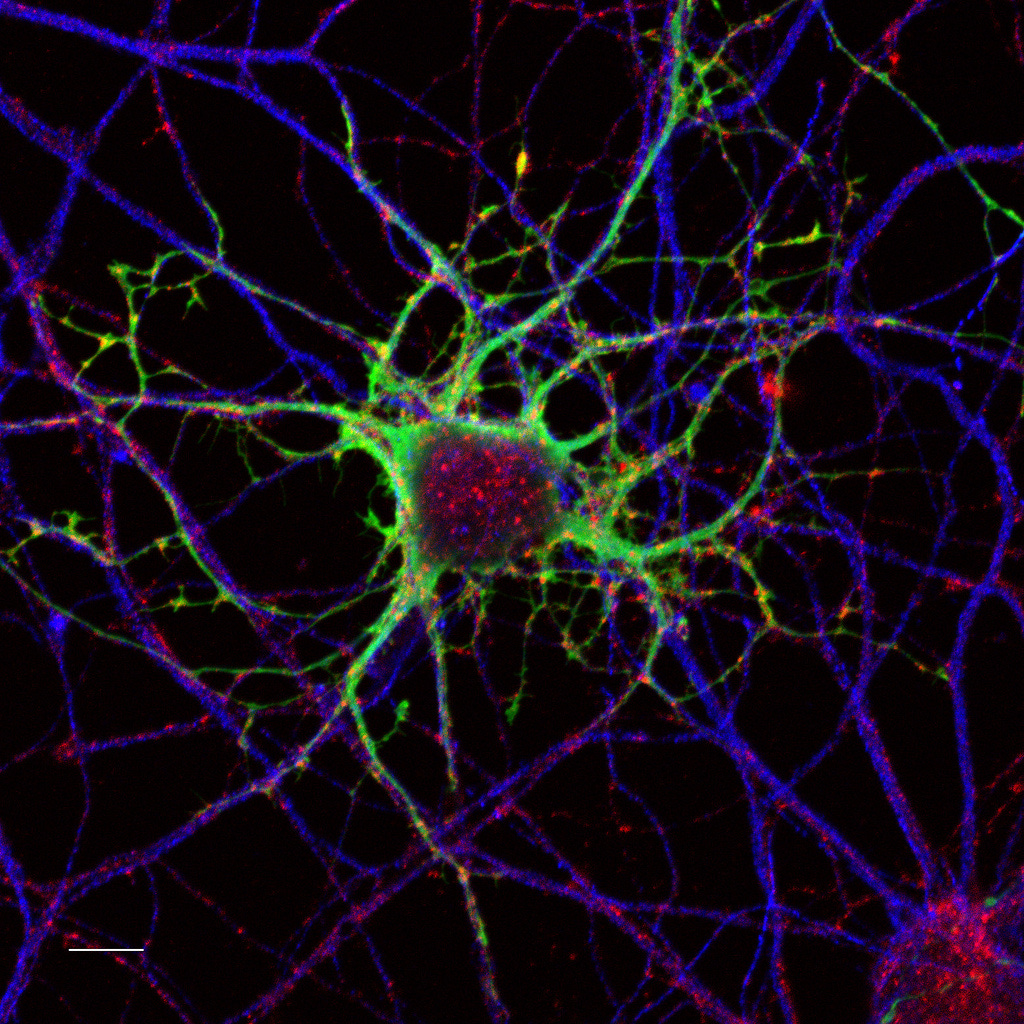
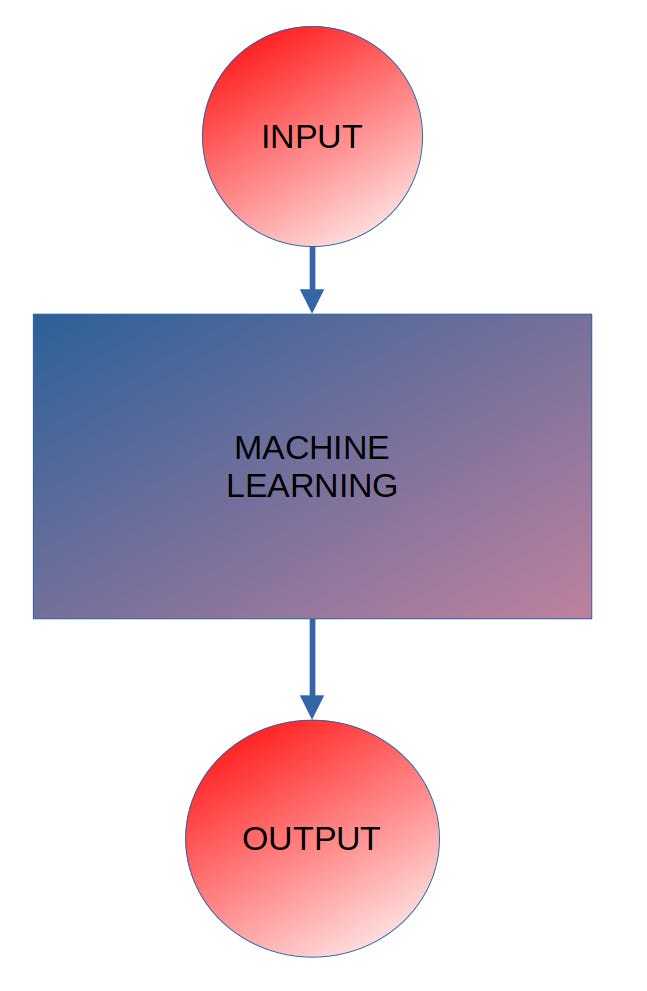
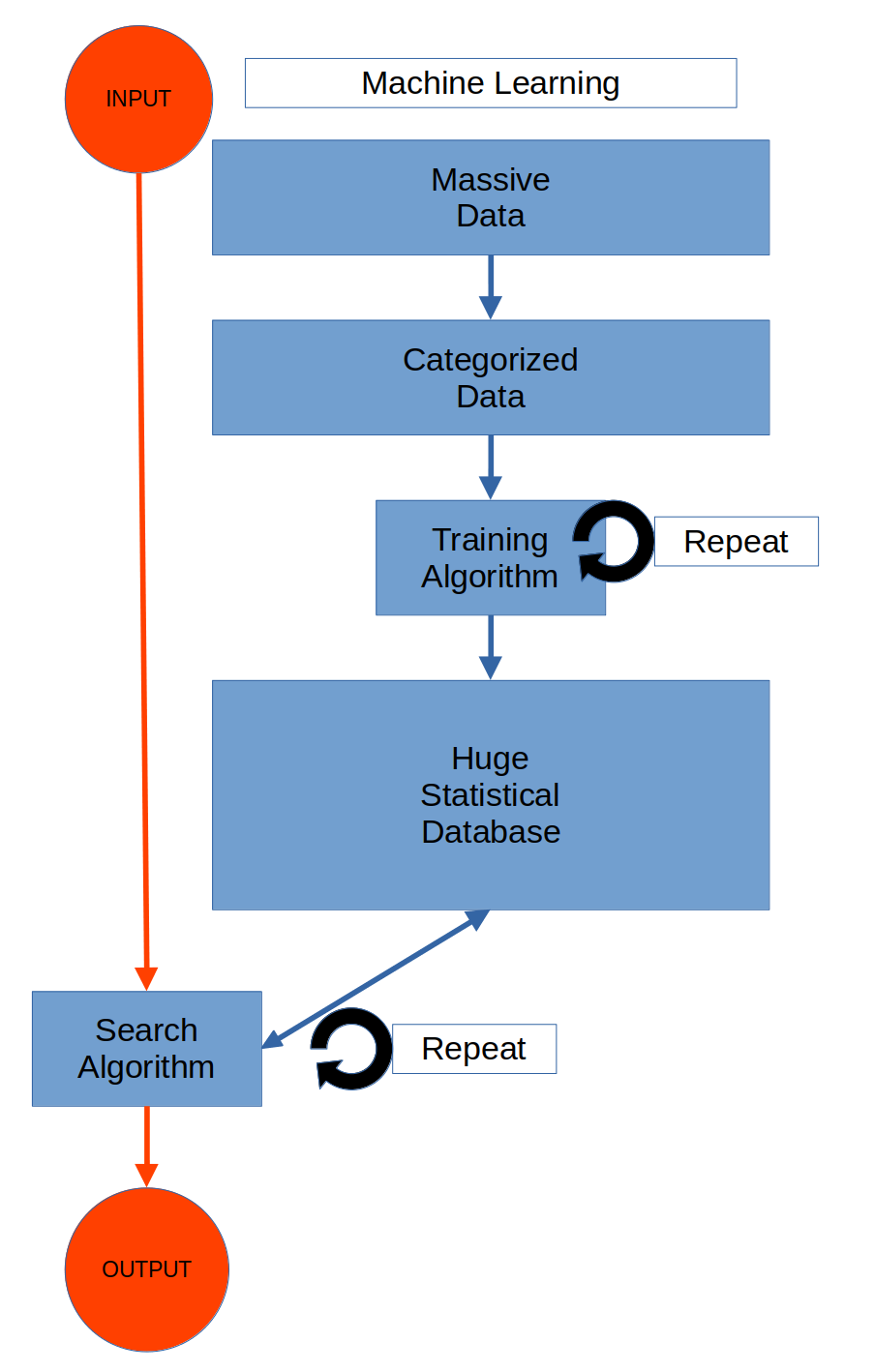
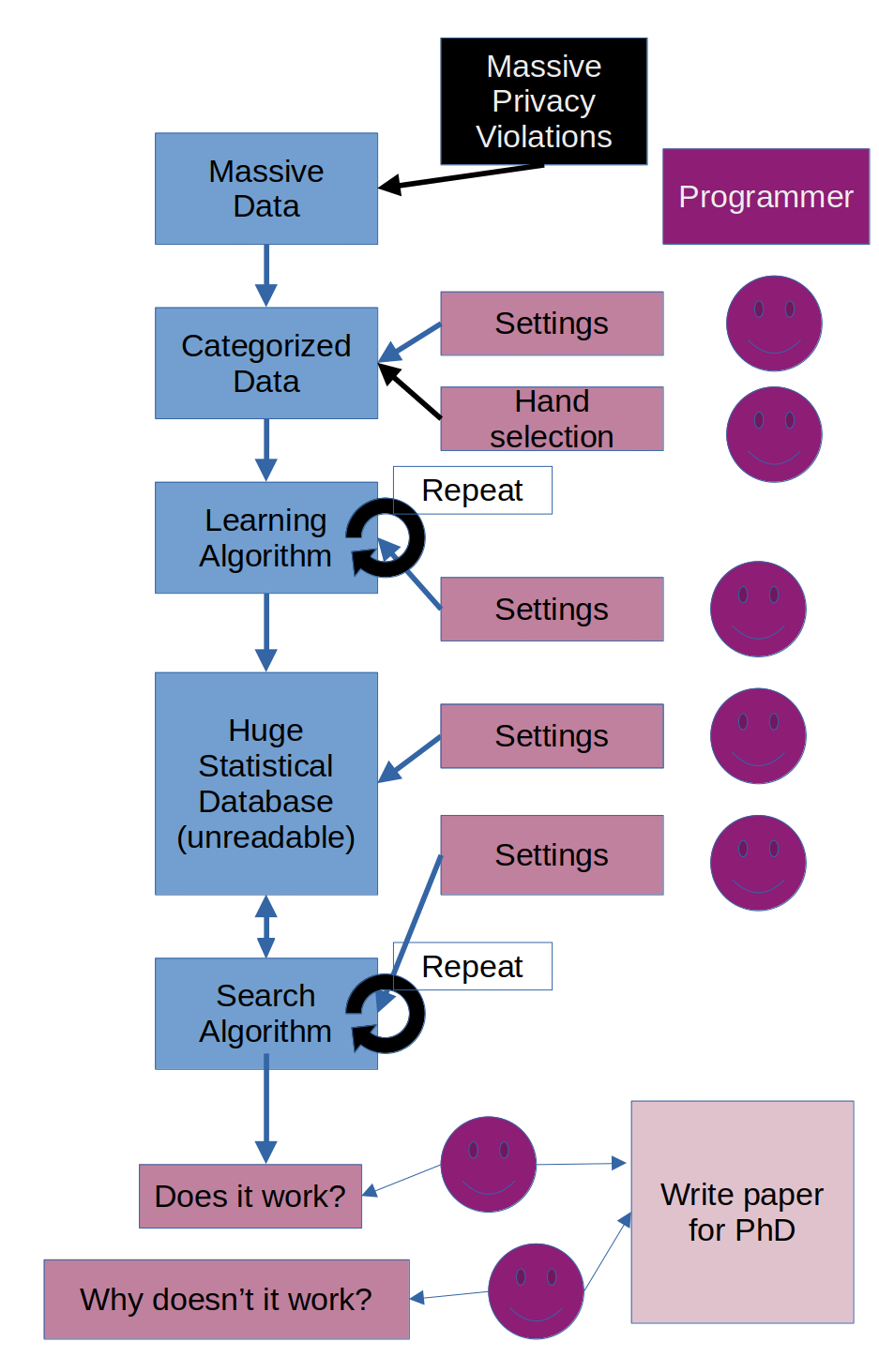
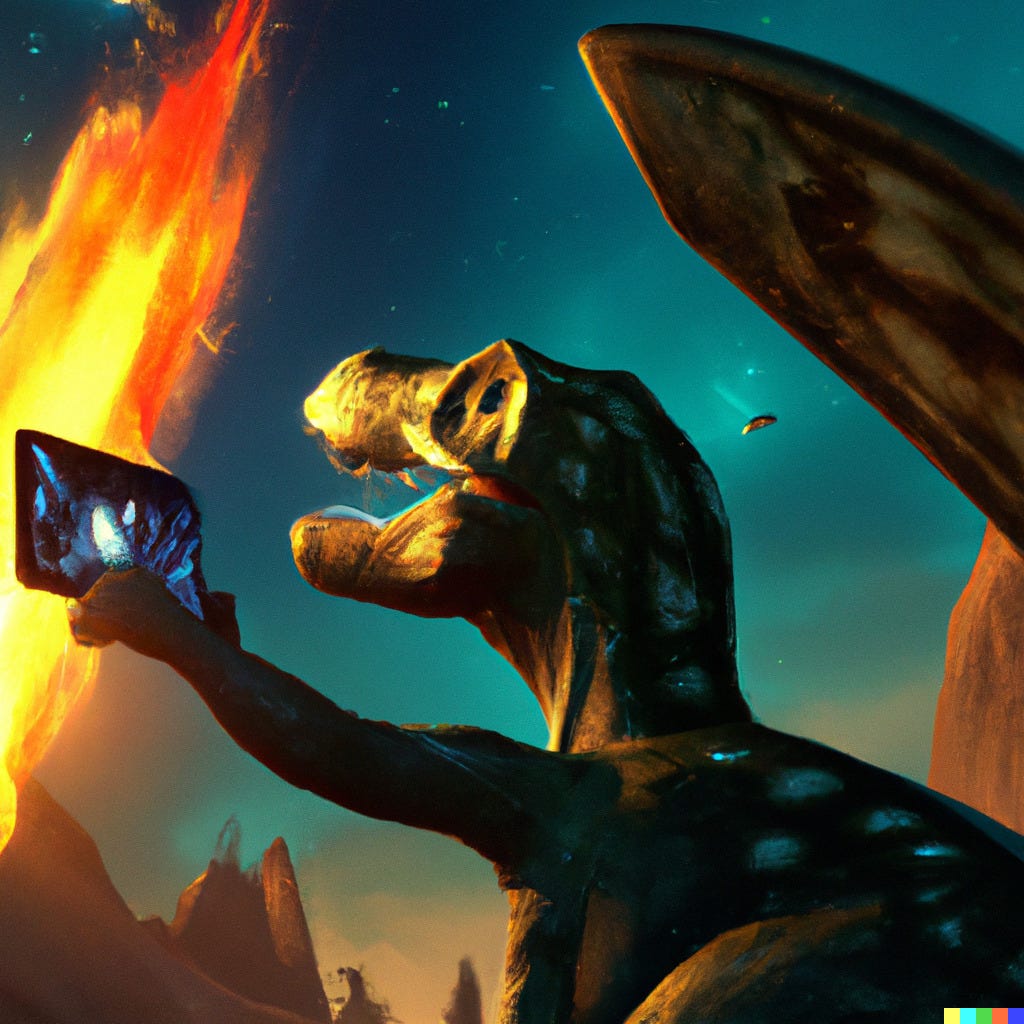

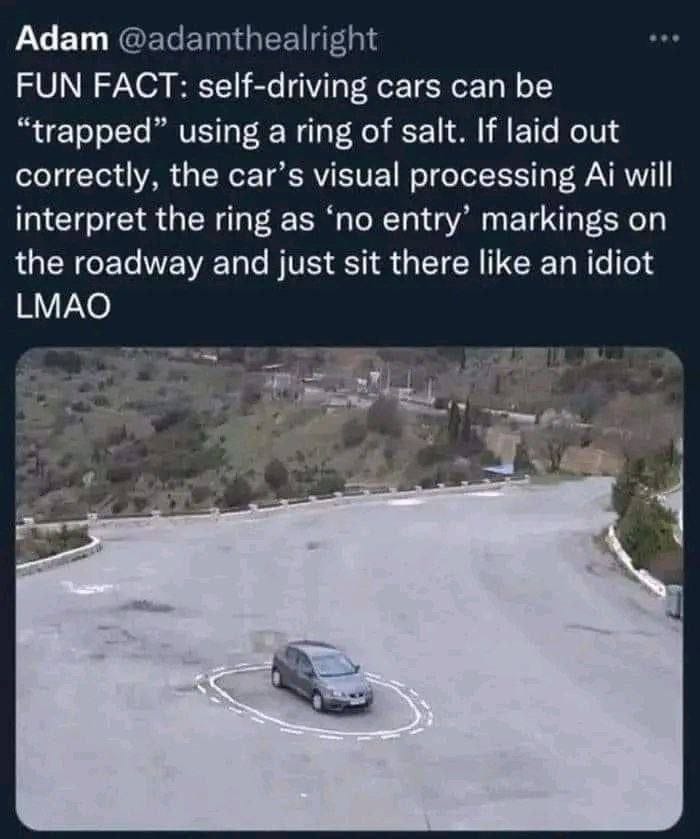

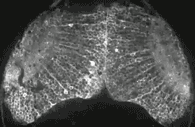
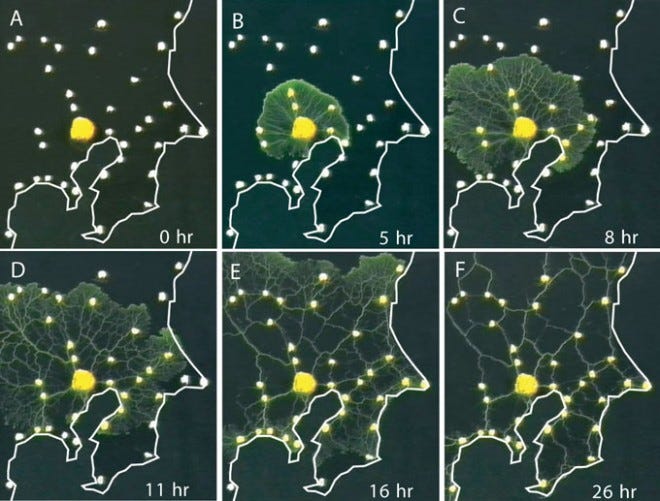

This is terrific. I’ve been making this argument to people for years. Hardly anybody listens to basic logic anymore. Anyway - I’ve now read a few of your posts and your work is spot on and I’m looking forward to reading more. Thank you.
Video explaining some newer details: A.I is B.S. - Adam Conover -> https://youtu.be/ro130m-f_yk